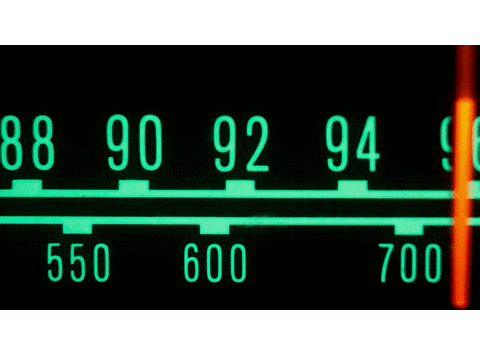
Signify’s LiFi System Commits Almost 150 Mbps Internet Through LED Lights
Signify, earlier dubbed as Philips Lighting, this week rolled out one of the first commercial Light Fidelity, or LiFi, systems. LiFi transfers broadband Internet via lights, with the help of LEDs to bypass radio signals and transfer data. We have seen some experimental usage of the technology, but this is the most sensible deployment yet.
The LiFi system by Signify, dubbed as Trulifi, employs optical wireless transceiver tech developed into Philips lights. Consumers will require a USB-access key, connected into a laptop, to get the signal from LiFi. Once linked, Trulifi can offer wireless connection at almost 150 Mbps. As per the firm, that is sufficiently fast to stream 30 HDTV movies in 1080p at once.
The first two Trulifi users of Signify are corporate clients Claerhout Communication Campus, in Belgium; and Globalworth, in Romania and Poland. Trulifi is aimed at such professional areas, and Signify claims it can be employed in hospitals, where RF (radio frequency) communication might be limited, or in regions where the signal is already packed. It can also be employed to link machines or robots in industrial areas.
Apart from evading crowded RFs and speed, LiFi provides a few key advantages. Since the data is transferred through light, it can flow wherever light can—such as deep underground where WiFi is restricted. And since light cannot penetrate walls, neither can the info. That can be a disadvantage back in buildings with a number of partitions, but it also makes LiFi simpler to protect.
On a related note, if you require connecting various people in a room but are worried about RF pollution or security, French firm Oledcomm has a new LiFi tech. LiFiMax fits on a ceiling similar to a smoke detector and offers almost 16 dongle-fitted consumers with an wireless connectivity.
